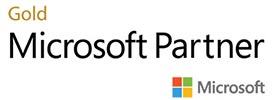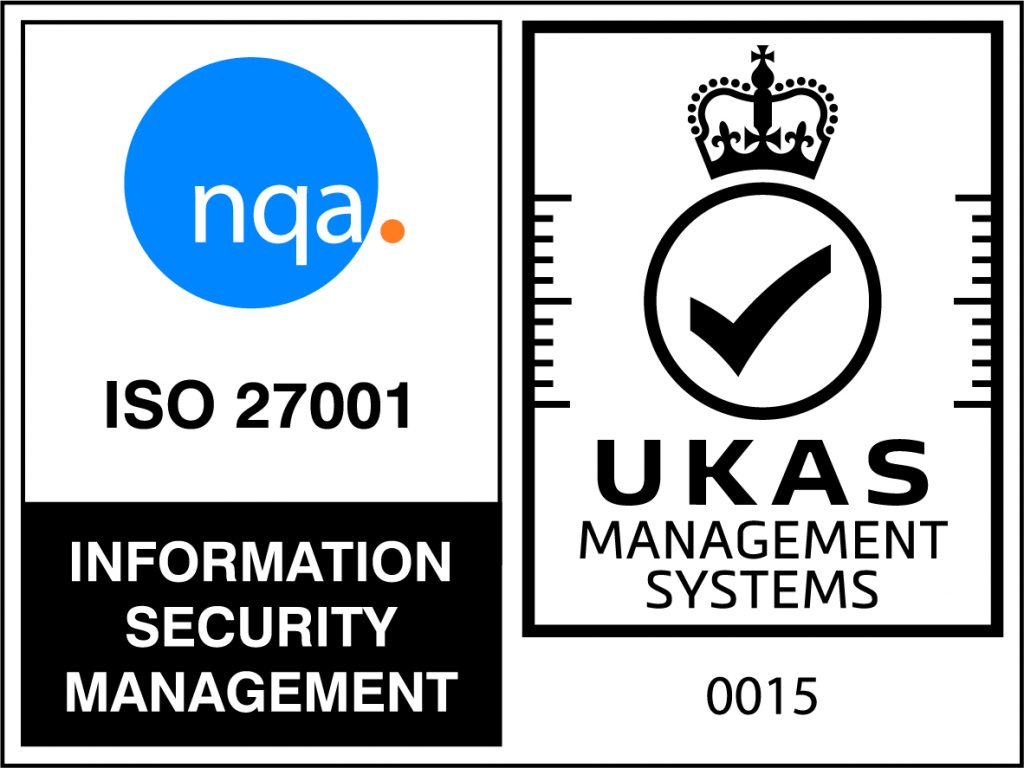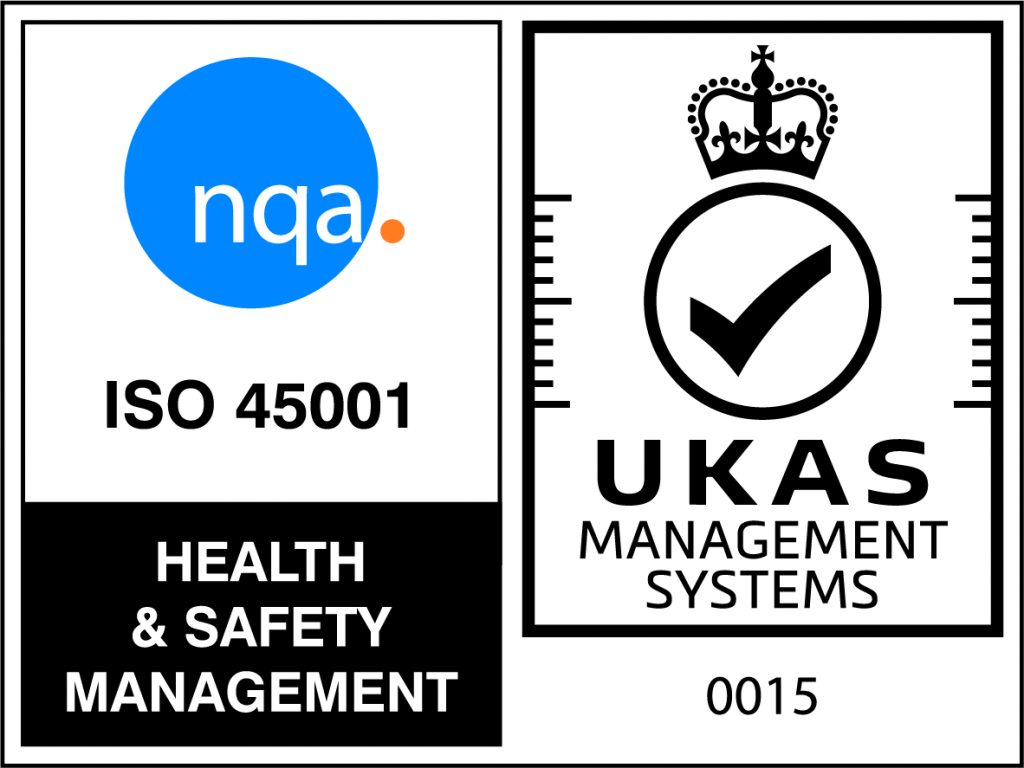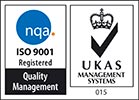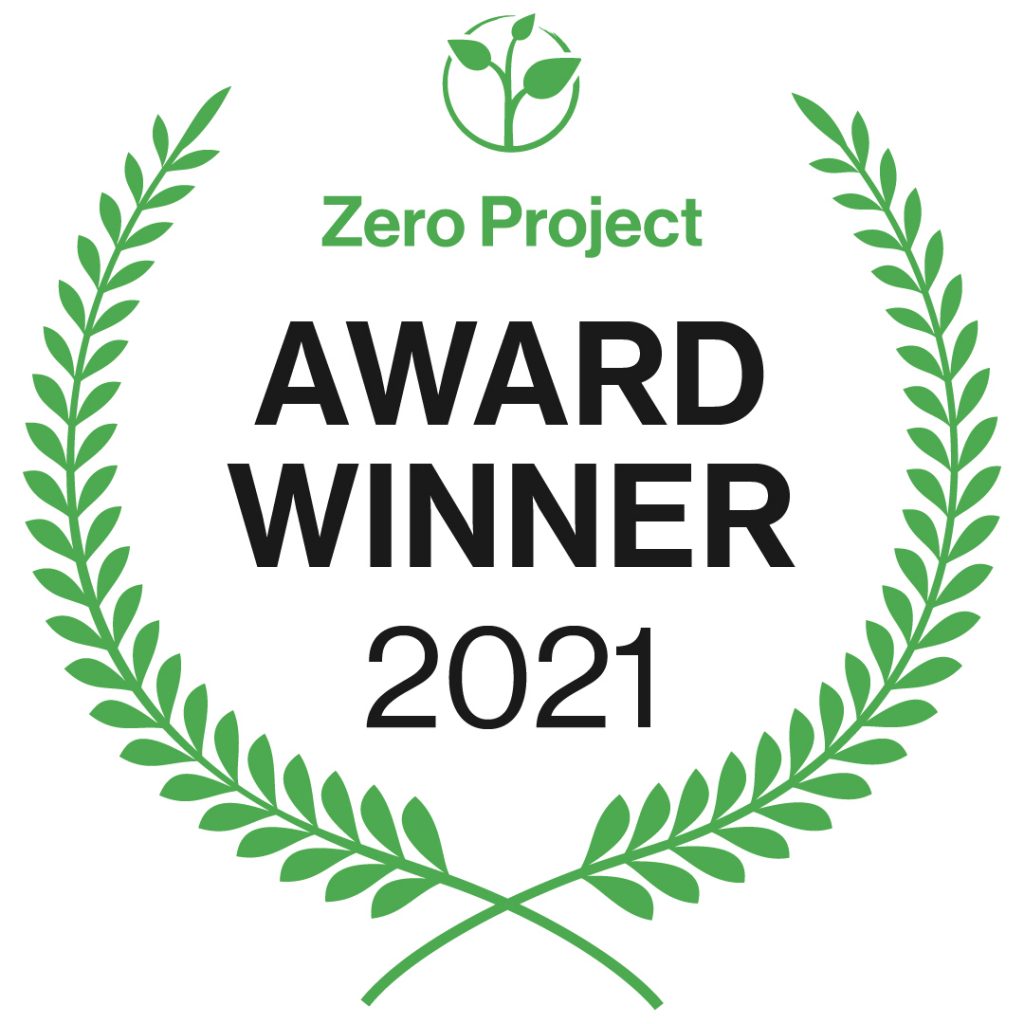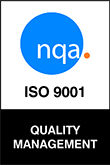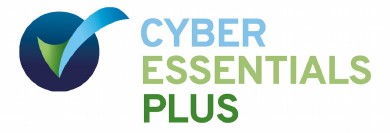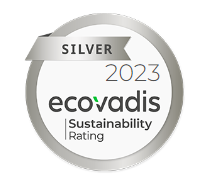Exceeding Compliance: Creating Informed Clients in the Physical Accessibility Space
As a specialist in physical accessibility, there is one major issue which I encounter on a daily basis, which informs nearly all others: a lack of education. Through no real fault of their own, a lack of awareness among the large majority of people tend to underestimate the scope of what accessibility in physical spaces entails. Normally, it is only the most visible examples of accessibility solutions which enter public awareness. If you were to ask most people to offer examples of physical accessibility provisions, the likelihood is that the answer be limited to wheelchair ramps, lifts (or elevators for our American audiences) and little else. The reality is that wheelchair users make up only a fraction of disabled people, and ramps and lifts meet the needs of that same small fraction.
There are a number of other disabilities, requiring very different solutions, which deserve equal consideration when it comes to physical accessibility. Beyond ramps and lifts for wheelchair access, visually impaired people require clear visual cues, high contrast signs and information boards. For people with other physical disabilities automatic door actuators play an important role. Proper physical accessibility caters to individuals with cognitive, auditory, visual, mobility and seizure-related disabilities all within the same space.
In addition to the lack of awareness regarding disability, the law around physical accessibility can be changeable and extremely opaque to the average person. Furthermore, while litigation is put in place to ensure that organisations and businesses meet certain standards, it often falls short of what would be considered best practice. Businesses and organisations looking to improve the physical accessibility of their workspaces, offices or public places, naturally turn to contractors offering audits and assessments. Unfortunately, however, more often than not, these audits act only as checklists, box ticking exercises with the limited aim of complying with limited laws. Without knowledge of the full breadth of the needs of disabled people, companies turning to these auditors and contractors therefore fall short of providing solutions to the highest possible standards.
That is why I designed Microlink’s Physical Accessibility services using a more holistic approach. By working closely with clients to help inform them of what best practice entails we can help them to understand physical accessibility so they can recognise the value in changes made to the physical environment. Using visualisations and annotated photographic documents, we can give a clear picture to help clarify how disability solutions serve the people they are intended to help. Whether working on new builds or existing real estate, we can show the value in comprehensive physical accessibility solutions by moving beyond an approach which focuses on compliance.
Furthermore, we cannot forget that challenges clients face when developing accessible spaces not only relates to lack of awareness of disability itself. During my years active in this field, I’ve noticed how progress is halted by a lack of awareness about which steps to take. It also comes from a need to understand complex supply chains for products, what type of products are needed, who supplies them and how these should be premediated into the building. The services Microlink has designed is again aimed at keeping clients informed, which in turns shows them how a proper, fully fledged approach to physical accessibility can reduce time and costs no matter what alterations they might be making.
By working smartly, by sharing an understanding of the accessibility needs of disabled people, we can start making better, more efficient choices as a wider society. There are myriad advantages of an approach to physical accessibility which raises awareness and reaches beyond a hands-off approach to meeting compliance. By keeping clients better informed, it is possible to not only improve the lives of disabled employees at work but also raise awareness more broadly, save money and time for clients in the future and to focus energy on sustainable approaches with reduced carbon footprints.

 Back to News
Back to News








